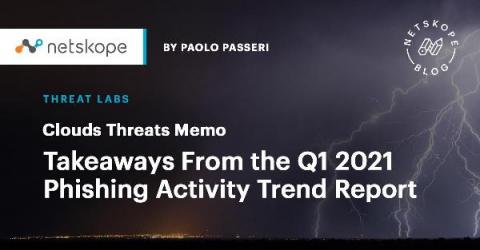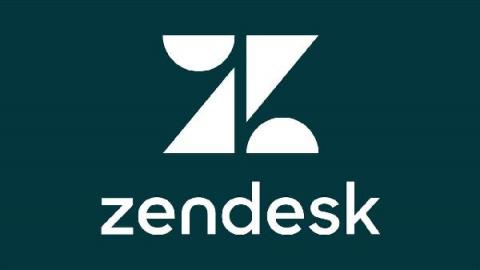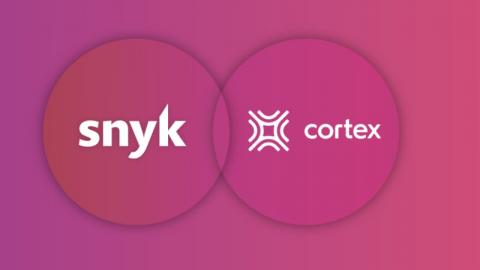Who Do You Trust? OAuth Client Application Trends
Federated identity systems, such as Google Identity, bring security and convenience in the form of SSO for Internet or cloud applications. It is common to be prompted for authentication in order to grant various levels of access or permissions for applications ranging from Google Drive, Google Cloud SDK, Google Chrome plugins, Slack, Adobe, Dropbox, or Atlassian to numerous third-party apps.











